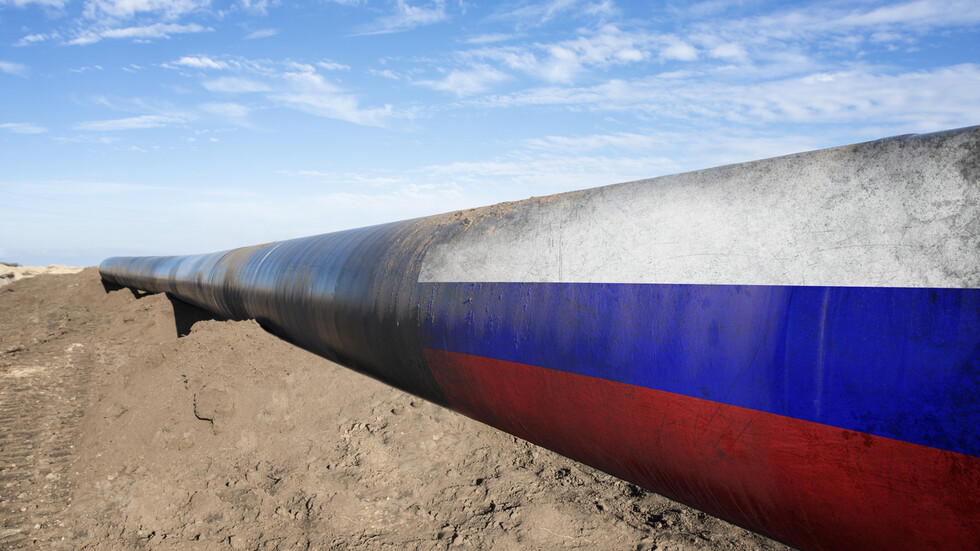Marino Valenzuela Lopez
doctor of science
Autonomous University of Sinaloa
-
Excessive use of water and fertilizers produces large, soft plants that are susceptible to disease and insect attack.
-
Potassium can increase stem diameter and plant height, without decreasing root dry weight.
The goal of good nutrition is to obtain compact, vigorous seedlings with a woody stem and an excellent root system. This is achieved with good management and proper knowledge of how fertilizers work.
To complete their metabolism, plants need a series of essential chemical elements that must be supplied in the right quantity and proportion and in an assimilable state.
Proper use of irrigation and fertilization together produces healthy, well-formed seedlings that reestablish themselves quickly after transplanting.
Excessive use of water and fertilizers produces large, soft plants that are susceptible to disease and insect attack (Schrader, 2007).
A correct dosage of nutrients, key in early fertilization
Figueroa (2003) cites that there is no precise recipe for the fertilization of seedlings, since it will depend on the characteristics of the substrate, quality of the irrigation water, type of crop, climatic conditions and management of each farmer.
The beginning of the application of the nutrition program can be carried out after the appearance of the first true leaf and continue with weekly applications (FAO, 2004).
The irrigation water with the fertilizer solution must have a pH (hydrogen potential, measure of acidity or alkalinity in a solution) of 6.5 to 7.0 and electrical conductivity of 2.0 decisiemens per meter (dS m-1).
Proper nutrition from sowing contributes to the development of vigorous seedlings and is one of the most relevant factors in seedling production, where nitrogen (N) and potassium (K) are the nutrients required in greater quantity and especially in the early stages of growth.
Valued et al. (2005) mention that nitrogen is the element that has the greatest impact on seedling growth under greenhouse conditions. However, in a nutritional program for this phenological stage, excessively high doses of the nutrient should be avoided, since, although they favor a higher dry weight, they decrease root weight and increase seedling stress when transplanted to the field.
In contrast, relatively high doses of potassium increase the diameter of the stem and the height of the plant, without decreasing the dry weight of the root.
Steps to start the fertigation process
Fertilization generally begins when the seed is above 90% emergence, when the first true leaves begin to appear:
- Phosphorus, potassium and calcium are applied from the beginning.
- Magnesium and micronutrients one week later.
- Rooter is placed on two and up to three occasions.
- Nitrogen is dosed very low and is increased in the last week.
The doses are specified in grams or milliliters per liter of water applied, which will depend on the age of the seedling, climate, substrate, especially taking care to avoid elongation of the seedlings.
The full article can be found in volume 43 of Agro Excelencia magazine
download vol. 43



